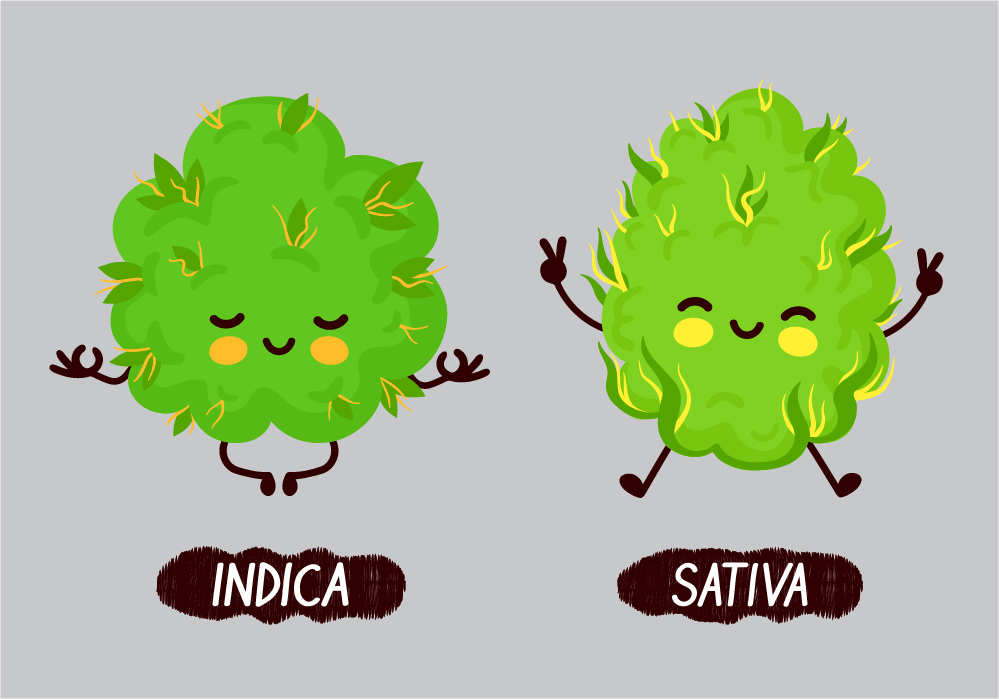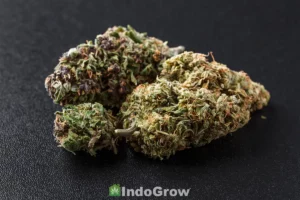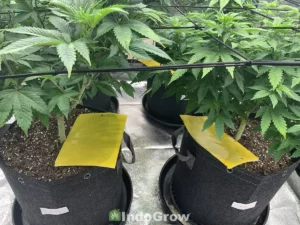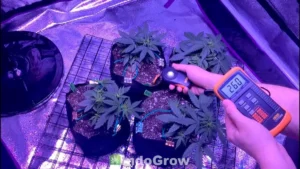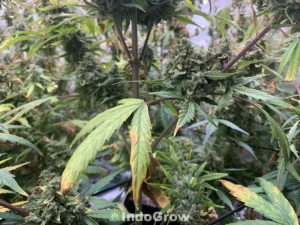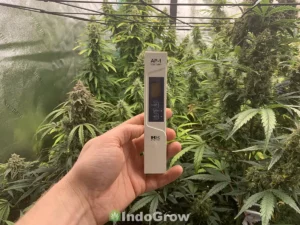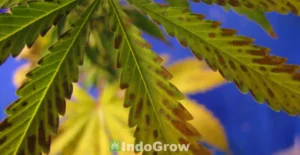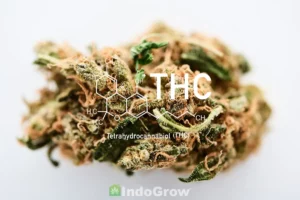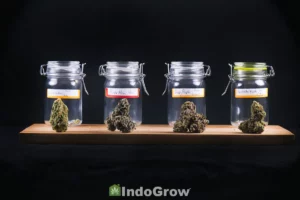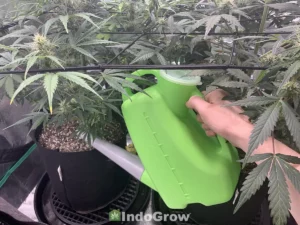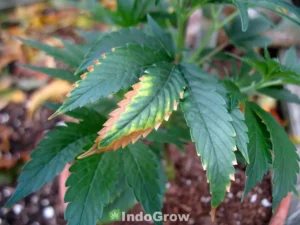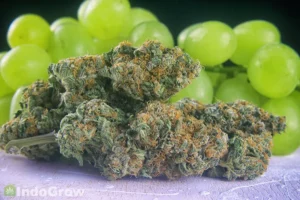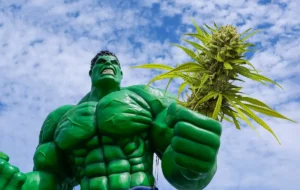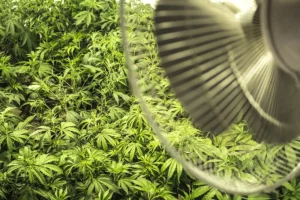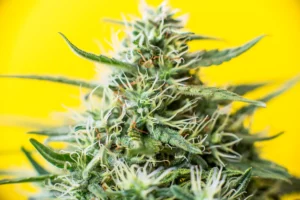Cannabis has continued to grow in popularity as both a recreational pastime and an alternative therapy for a wide range of medical conditions. Those who research types of weed for its purported effects may wonder about the difference between Indica and Sativa strains since most listings refer to strains as a combination of one or the other. These two types of weed not only look and grow differently but also tend to have diverse tastes, aromas, and medicinal effects.
Classifying, cultivating, and using Indica and Sativa strains requires a detailed understanding of the genetic properties of each as well as how they interact in hybrid strains. Since the majority of strains are a combination of the two in different proportions, choosing the right strain for each user’s needs depends heavily on understanding what each type is best used for.
Table of Contents
- What Does Indica vs Sativa Mean?
- Origin of Indica vs Sativa Classification
- What’s the Difference Between Indica vs Sativa vs Hybrid?
- Indica Strains
- Sativa Strains
- Hybrid Strains
- Hemp Strains
- How to Choose Strains based on Indica vs Sativa Effects?
- Cannabinoids and Terpenes Classification Method
- Cannabinoids
- Terpenes
- Indica vs Sativa Edibles
- Summary
What Does Indica vs Sativa Mean?
“Indica” vs “Sativa” means that a strain takes after the genetic lines of one of these broad categories of strains more than the other. The types are known as “subspecies” because while they are technically both cannabis, they are genetically dissimilar. Think of an Indian rhinoceros vs an African one – though separated by geography and breeding, these two animals are so similar that they can still mate. The same applies to the Indica and Sativa subspecies of cannabis.
The effects of these two groups are not mutually exclusive and can often overlap. However, with over 1,000 different cannabis strains bred and used in the last half-century, observing broad trends between the two groups is a necessary advantage for users looking for specific effects as well as growers who want to put out the best crops they can.
Origin of Indica vs Sativa Classification
When cannabis was first identified, its discoverer, Carl Linnaeus, identified it all as “Cannabis sativa L.” That was back in 1753. It wasn’t until 32 years later in 1785 that a French biologist named Jean-Baptiste Lamarck clarified the distinction between the two subspecies of cannabis, “Cannabis sativa” and “Cannabis indica.”
The main quality used in Lamarck’s original distinction was the plants’ different growing structures. He observed that while Sativa typically grew taller and tougher, Indica was typically shorter, more bush-like in structure, and more powerful. The name “Sativa” comes from the Latin for “cultivate” or “sativum” while the name “Indica” refers to India, which is where Lamarck suggested that the subspecies originated.
What’s the Difference Between Indica vs Sativa vs Hybrid?
Indica and Sativa strains are broadly distinguished by the growing structure differences that we mentioned as well as by differences in their effects. Hybrid strains are more difficult to classify based on the proportion of Indica and Sativa that they contain, often expressed as a percentage out of 100.
However, by reviewing the details of the differences between the subspecies, both users and growers can better distinguish between the strains and choose the right variety for their needs.
Indica Strains
An Indica strain tends to grow shorter in a more bush-like structure. This leads to its leaves also being wider and shorter in comparison. They typically cause a physical body high as opposed to a head high, relaxing their users and helping them sleep.
The most commonly cited effects of Indica strains include pain relief, stress relief, sleepiness, and hunger. This makes a relaxing Indica strain a better pick for nighttime cannabis users than Sativa strains. Some of the most popular Indica strains include Hindu Kush, Granddaddy Purple, Northern Lights, and Wedding Cake.
For growers, Indica plants tend to grow in colder climates, which is why their structure tends to be shorter and denser. They usually have earlier harvest times to avoid the harsh winters in the areas they originate from.
Sativa Strains
Sativa strains tend to have the opposite tendencies and effects as Indicas. In comparison, Sativa plants tend to be taller and thinner, with long branches and thin leaves. They are best used during the daytime due to their head-focused effects, such as an increase in energy, creativity, alertness, and feelings of euphoria.
Strains high in Sativa make great wake-and-bake strains for those that want to smoke in the morning as well as great medicinal companions for people who suffer from fatigue, depression, and mood disorders. Popular Sativa strains include Sour Diesel, Jack Herer, Durban Poison, and Lemon Haze.
Growers should note that Sativa strains hail from warmer climates and take their time growing as a result. They’re used to humid areas that let them stretch and dry out in the sun to prevent mildew from forming.
Hybrid Strains
Hybrid strains are those that have bred between two or more other strains. As a result, most hybrids are both Indica and Sativa in a certain percentage, meaning they inherit some of the growing properties, flavors, and medicinal effects of both.
The main reason to create a hybrid, other than to experiment with new flavors, is to create different effects for different users. For instance, a hybrid strain could have the pain-fighting qualities of an Indica but the energizing properties of a Sativa, making it ideal for afternoon use.
Strains are usually listed with Indica and Sativa as a percentage, or simply with one being “dominant.” This alone does not indicate the effects the strain will have, but it can be used to predict them based on the effects of strains in its lineage.
Hemp Strains
You may have heard the term “hemp” used interchangeably with cannabis. Hemp is a cannabis plant but isn’t usually grown for the same reasons as recreational marijuana. Hemp plants test at less than 0.3% THC, making them practically inert as recreational or medicinal cannabis.
Instead, hemp is harvested for its fiber and seeds as well as chemical compounds called cannabinoids. Hemp can be used as a food source or as a base material for textiles. Despite this, hemp flower strains can still be used like traditional cannabis for the unique compounds they contain. The most popular include ACDC, Cannatonic, and Bubba Kush.
How to Choose Strains based on Indica vs Sativa Effects?
The broad distinction between Indica vs Sativa strains is that Indicas tend to be more relaxing and Sativas tend to be more energizing. This generalization can be used to classify the two strains by who would benefit more from each.
Those suffering from anxiety, insomnia, stress, a loss of appetite, and pain would most likely benefit from an Indica strain. Those who feel depressed, distracted, moody, fatigued, or lethargic would be better off with a Sativa strain.
Trying to treat a medical condition with cannabis can be tricky since chronic conditions often have underlying causes. As always, speak with your doctor about any alternative treatments you intend on trying. High blood pressure, for instance, may be caused by stress, a lack of sleep, a mood disorder, or more. Depending on the cause, different types of cannabis might be a more effective choice.
Cannabinoids and Terpenes Classification Method
Rather than classify strains based on Indica vs Sativa genetics, some growers prefer to use the strain’s cannabinoid and terpene content to demonstrate its effects and flavors. This classification avoids the often-confusing distinctions of genetic origin and favors grounded descriptions of the chemical compounds that are actually in each plant.
This approach has pros and cons. On the plus side, cannabinoid classification is more informative about the chemical contents of each strain, more accurately predicting its potency. However, since Indica and Sativa dominance follows trends in both effects and growing structure, the cannabinoid classification could mislead buyers about a strain’s genetic traits.
Cannabinoids
Cannabinoids are chemical compounds that combine in cannabis plants to give them their effects. The most notable cannabinoids are THC and CBD, acronyms that stand in for aspects of a strain’s chemical content. While THC makes strains psychoactive, CBD makes them medicinally effective.
This is an important distinction when trying to choose between strains. THC is the compound that makes a strain give you a “high,” relieving stress, but CBD tends to be more physically alleviating, fighting pain and inflammation. The needs of each user should dictate the cannabinoids they search for when comparing cannabis strains for the effects they need.
Terpenes
Terpenes are compounds that give plants their flavors and smells. In cannabis, they are produced along with cannabinoids to give strains their unique properties. Terpenes have unique designations that are the same whether they’re in lemons, lavender, or cannabis strains. These include myrcene, beta-caryophyllene, ocimene, limonene, humulene, and more.
While each terpene can contain many flavors, only some of which will come out in each plant, they are each known for their unique sensations. Myrcene, for instance, tends to taste like herbs while caryophyllene tends to be spicier and limonene gives citrus its unique flavors.
Indica vs Sativa Edibles
If you’re considering indica vs sativa edibles, then know that the same general strain characteristics apply to edibles as well. If you’re looking for a more relaxing, sedated effect, then go with an Indica or Hybrid strain. If you’re looking for an energy boost or help with depression, then a Sativa would probably be a better choice.
It’s important to note that edibles typically have a stronger effect than smoking so choose your strain wisely. I personally find that most edibles provide more of a sedated effect regardless of strain so I generally lean more toward Sativas or Hybrids.
Summary
Indica and Sativa are both subspecies of the cannabis plant. They are distinguished by their growing structures and medicinal effects, leading to the creation of many hybrid strains, which combine certain traits from both species to create new and improved strains.
While Indica strains tend to be bushier, mellower in effect, and cause their users to feel sleepy and relaxed, Sativa strains tend to grow tall and lanky and energize their users, relieving their mental stresses. The type of strain best suited to each user depends on comparing the details of their differences to each user’s needs. For someone looking for alternative therapies for insomnia or a treatment-related loss of appetite, Indica strains may be more helpful. Conversely, Sativa strains are more well-known for their ability to calm mood disorders, reduce stress, and fight fatigue.
Growers can also use this information to choose the right crops for their growing space, prioritizing the bushier Indicas if they are pressed for vertical space and the taller Sativas if they don’t have as much lateral growing area.
Ultimately, both Indica and Sativa strains, as well as their hybrids, can be used for a combination of effects depending on their contents. Comparing these contents and effects is the first step that any new user should take to match their needs to the perfect strain. With over 1,000 on the market, one of them is sure to be the right one.
Learn how to grow Indica and Sativa strains by checking out How to Grow Weed Step by Step.

Rocky Horton
Author
Rocky Horton is an experienced cannabis grower and the founder of IndoGrow. The IndoGrow editorial team has over four decades of combined growing experience. Learn more.

